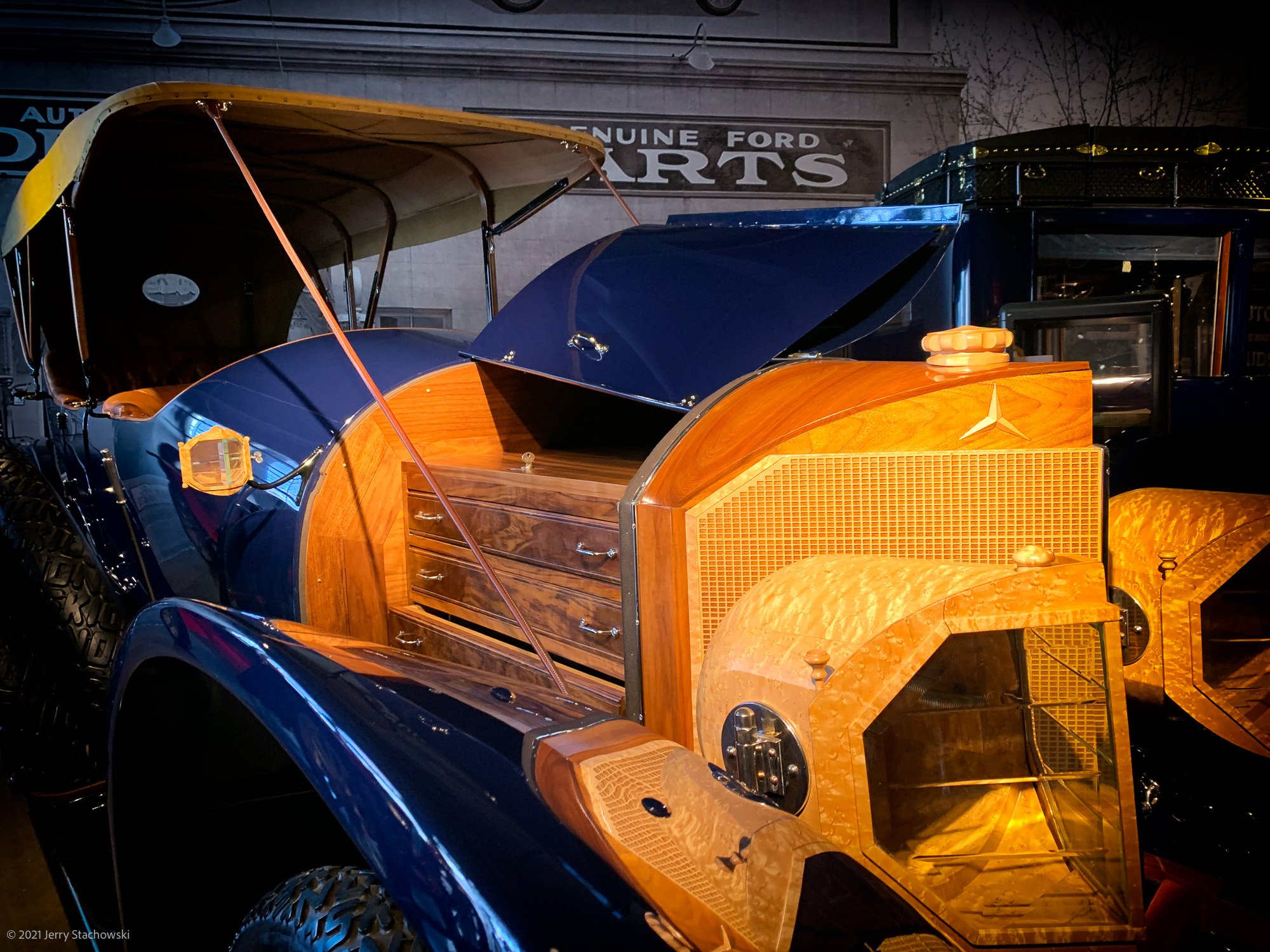One of the problems that modern society has is we are very good at obscuring the night sky. At this point well over 33% of the world population can’t see the Milky Way. For the folks in Europe , only 60% of them can’t see it. It gets worse for us Americans, 80% can’t see it. I remember the first time I saw the Milky Way. I was camping in Kansas in a lean to, and looked up and spent a good 15 minutes examining it.
Perhaps that’s why Milky Way pictures are popular, because most Americans can’t see it. Or maybe it’s just the fact that some of us can now afford cameras that make it possible.
About 5 years ago I went out with a group led by Joseph Roybal and one August night we went up to the top of Mt Evans. After finding the place busy with other mountain explorers we found a place a little less busy. After doing some photographs of the surroundings in the twilight, we settled in to let the darkness envelop us.










